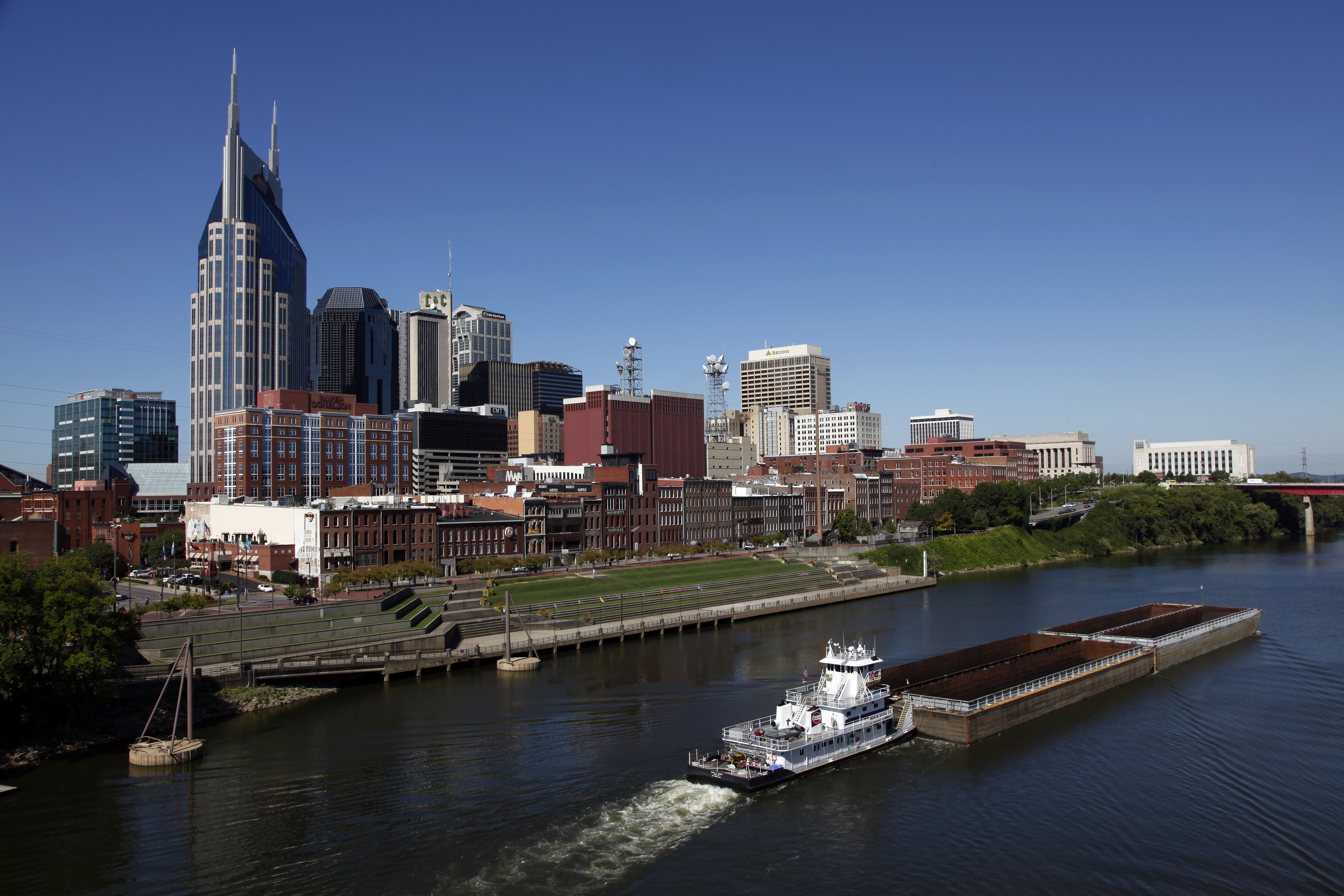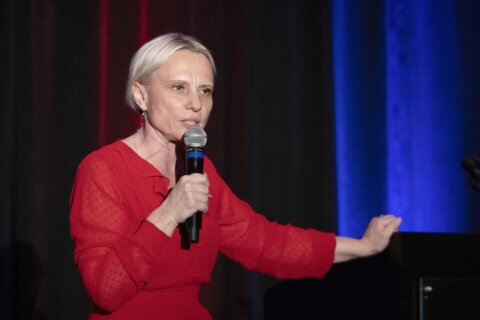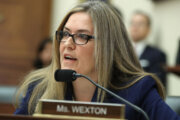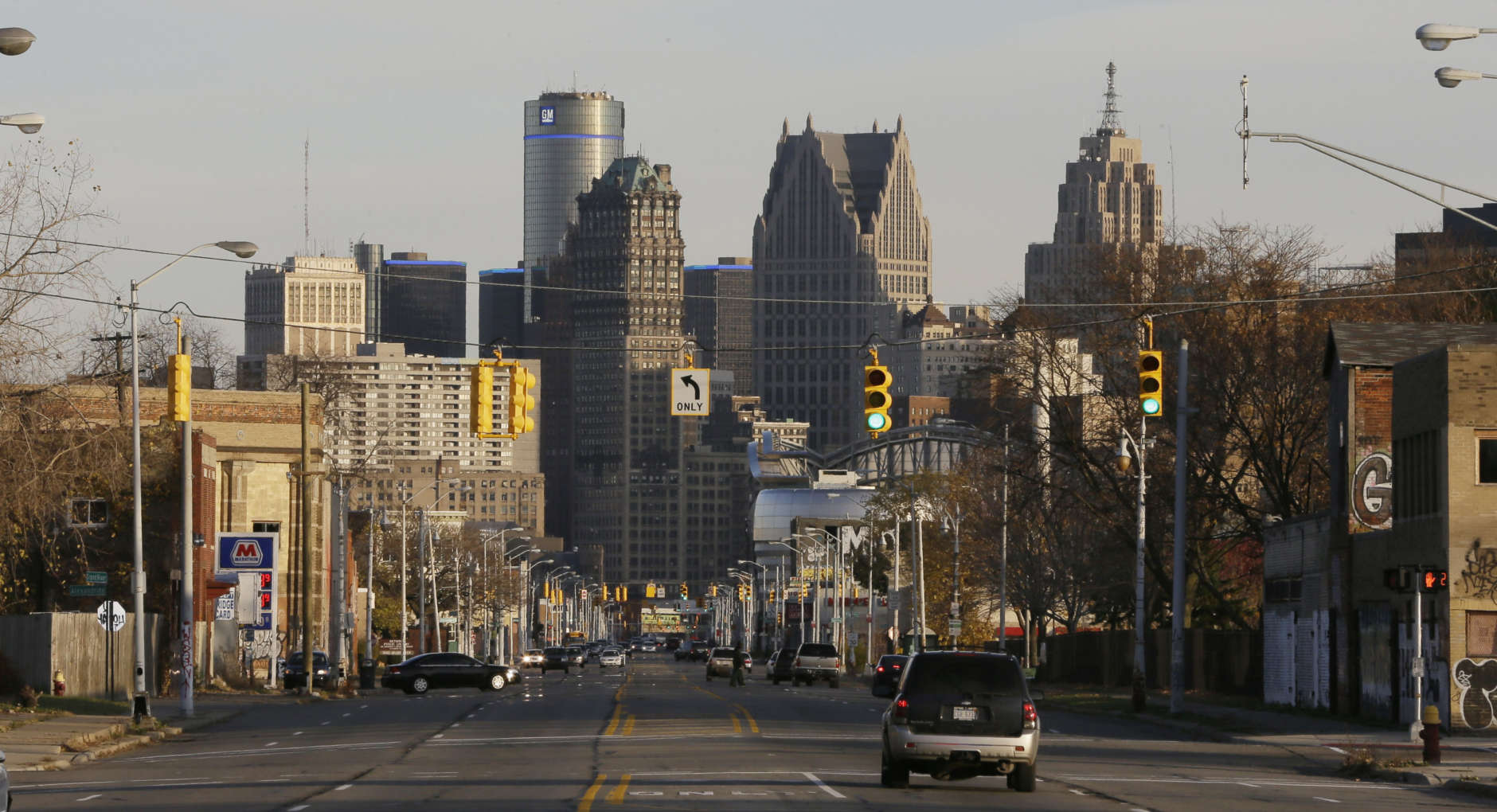
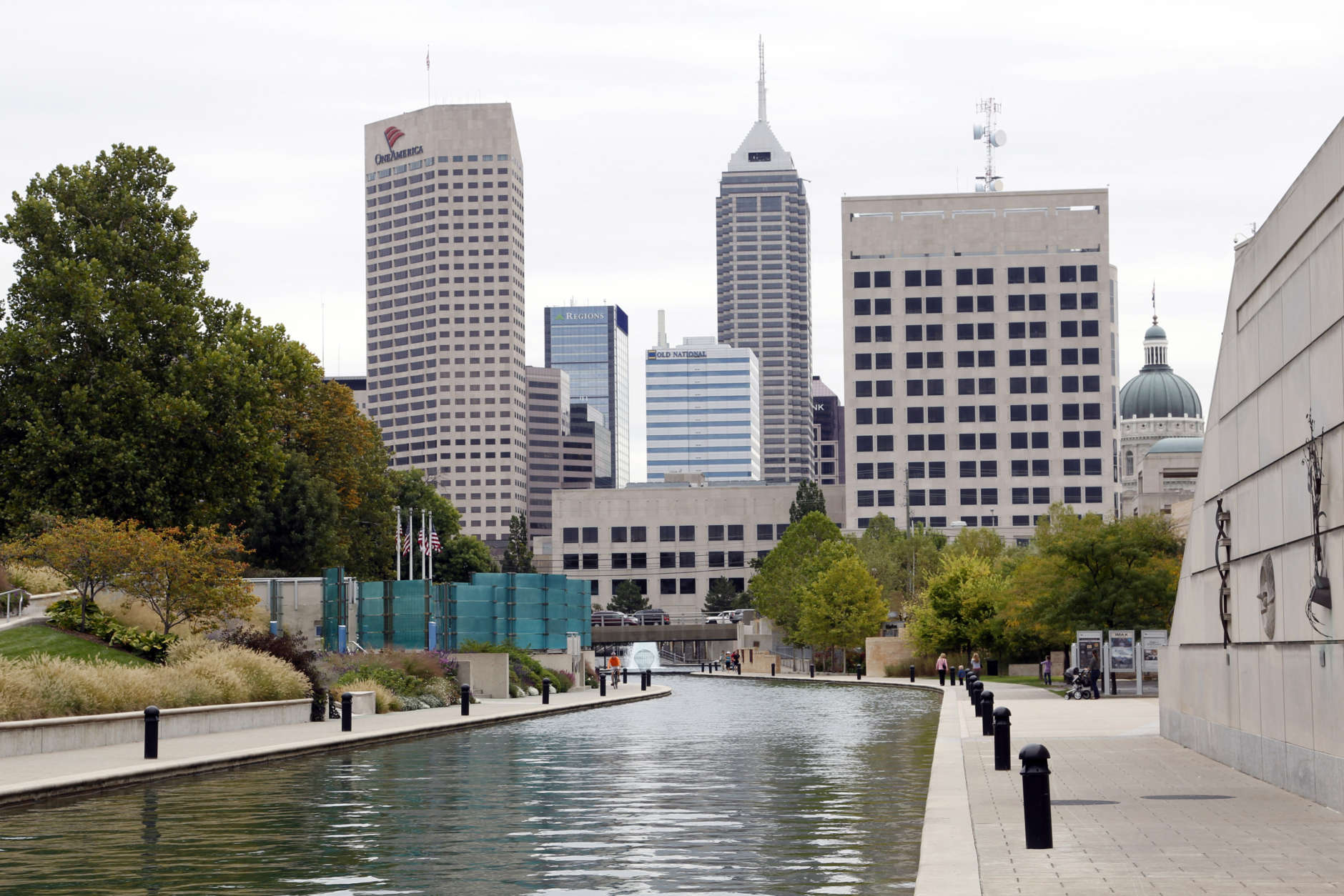
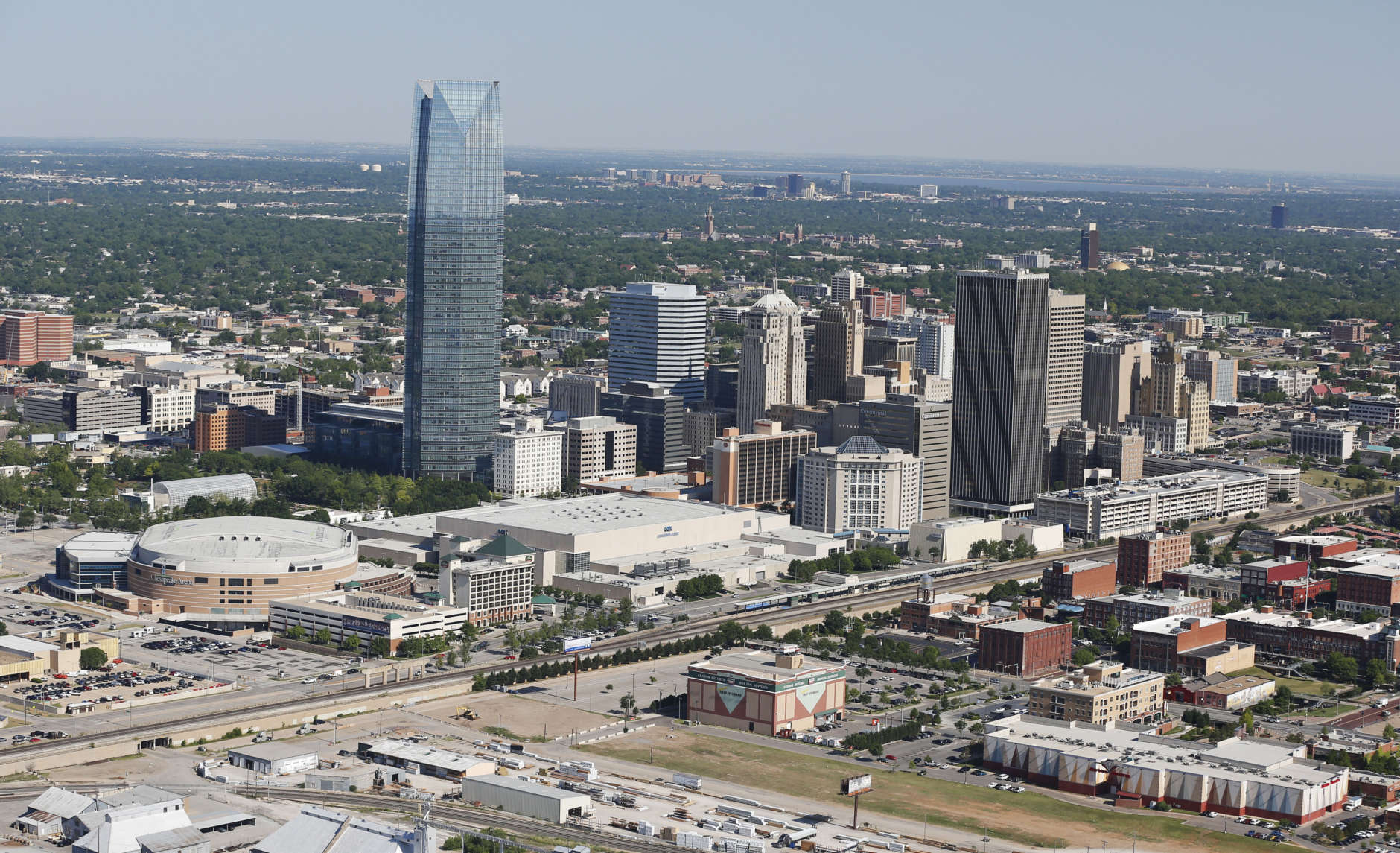
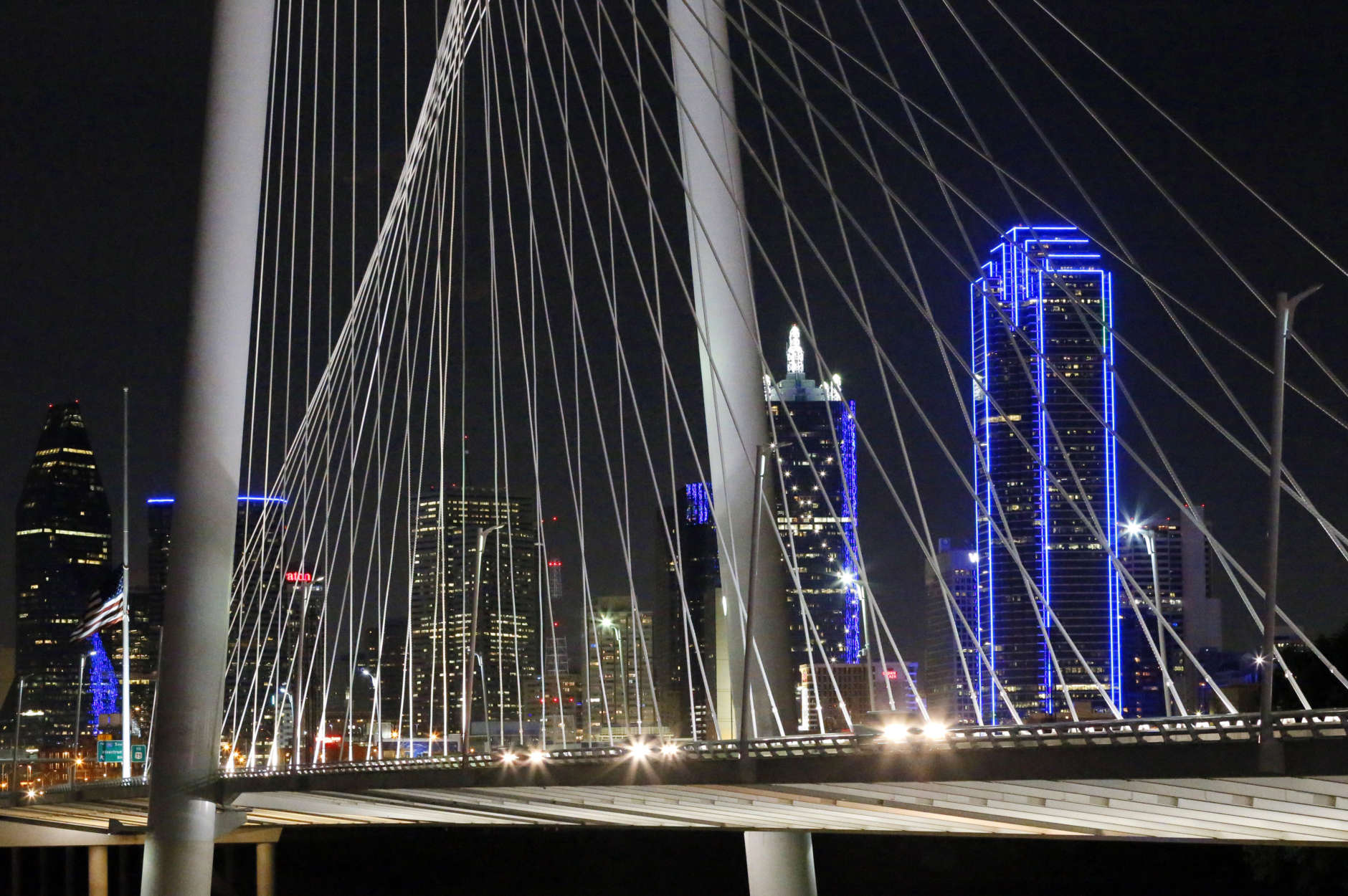
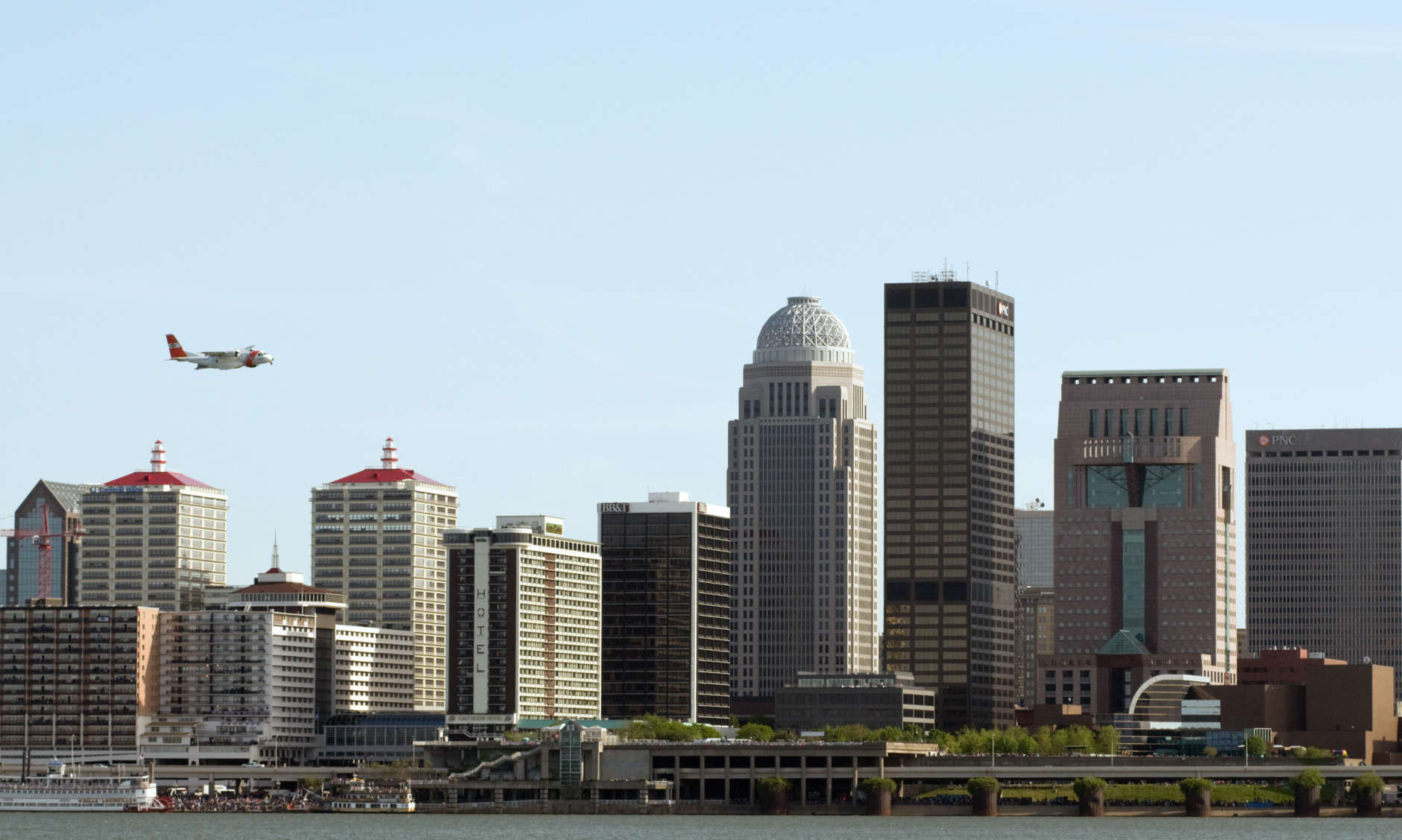
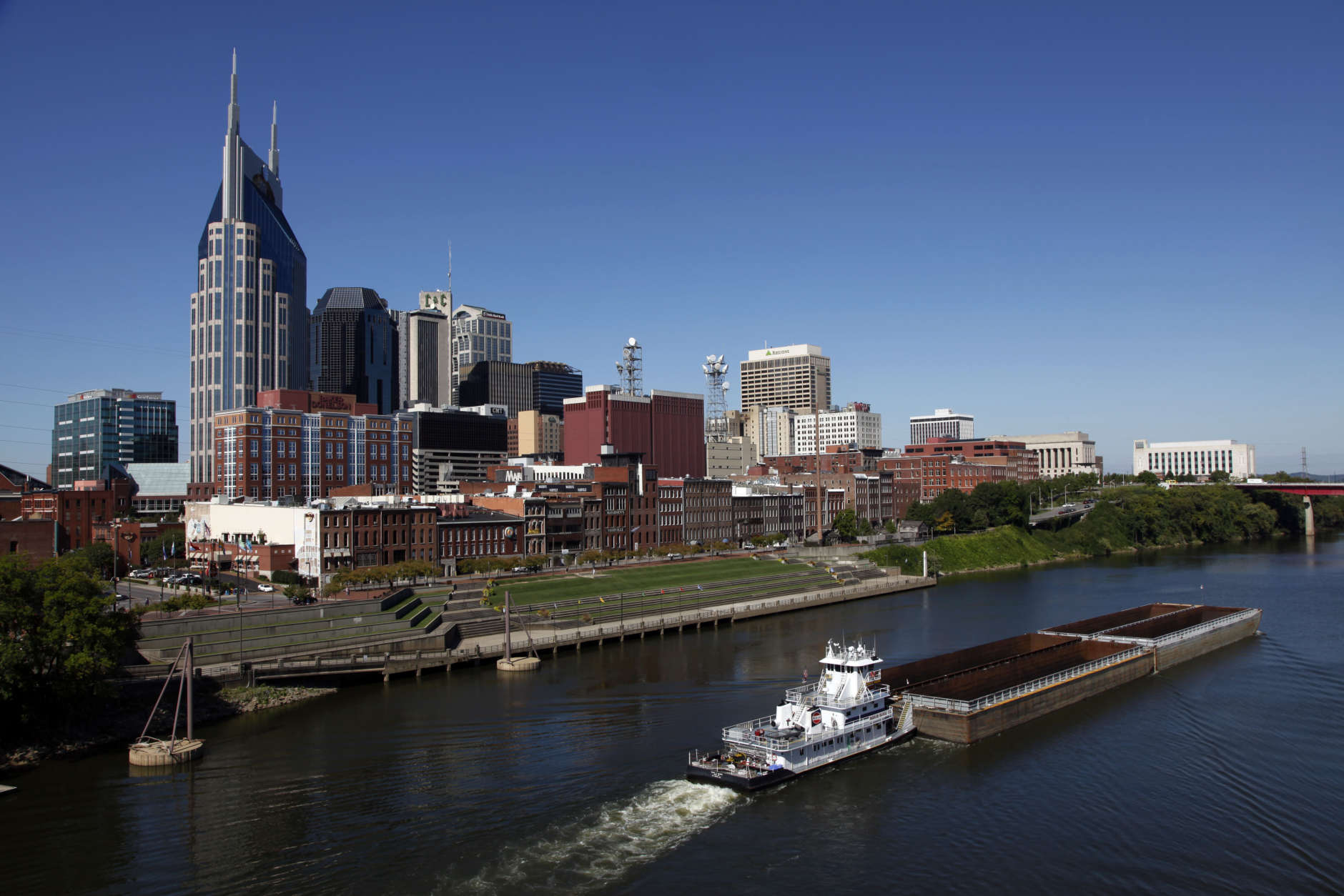
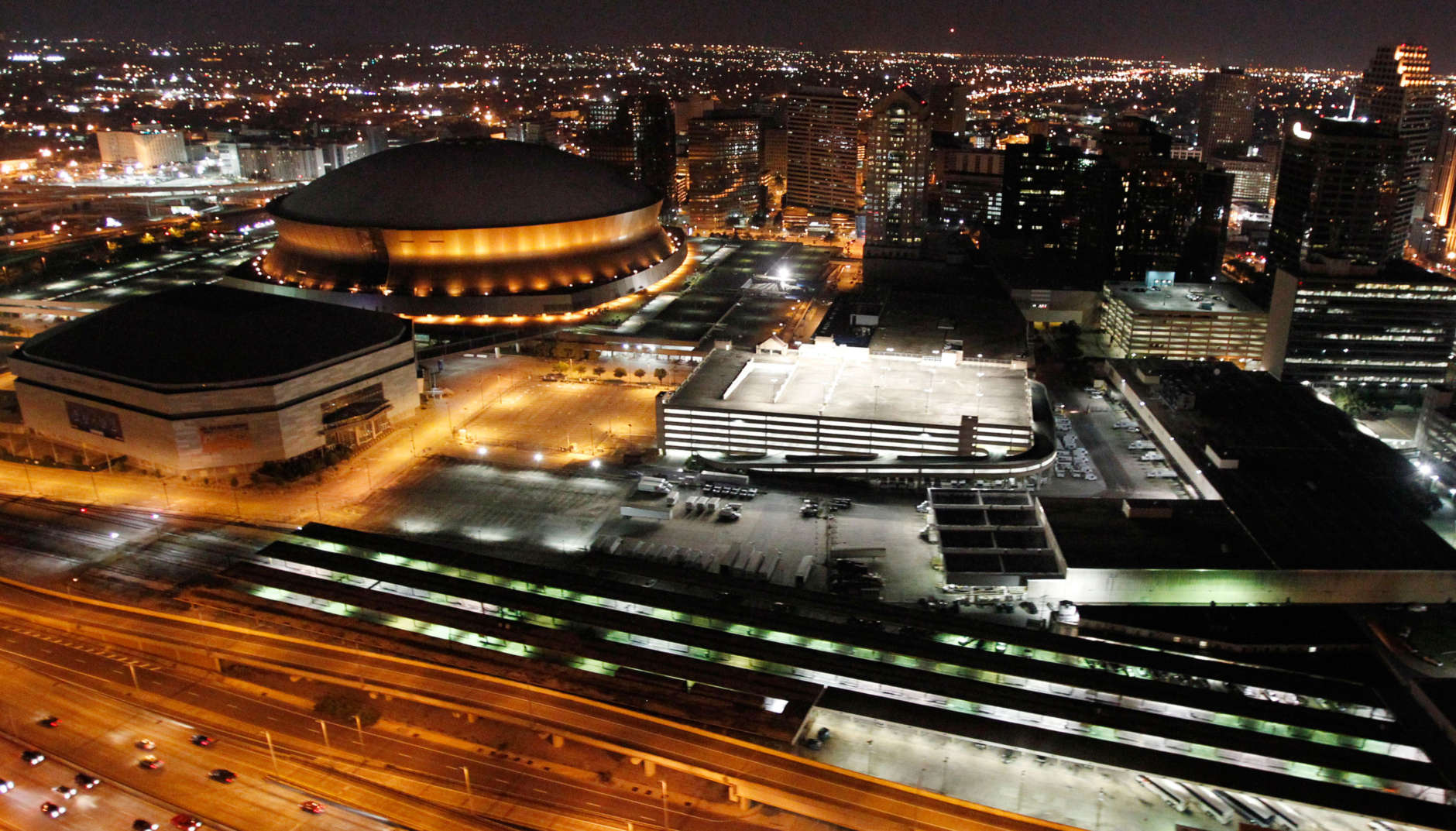



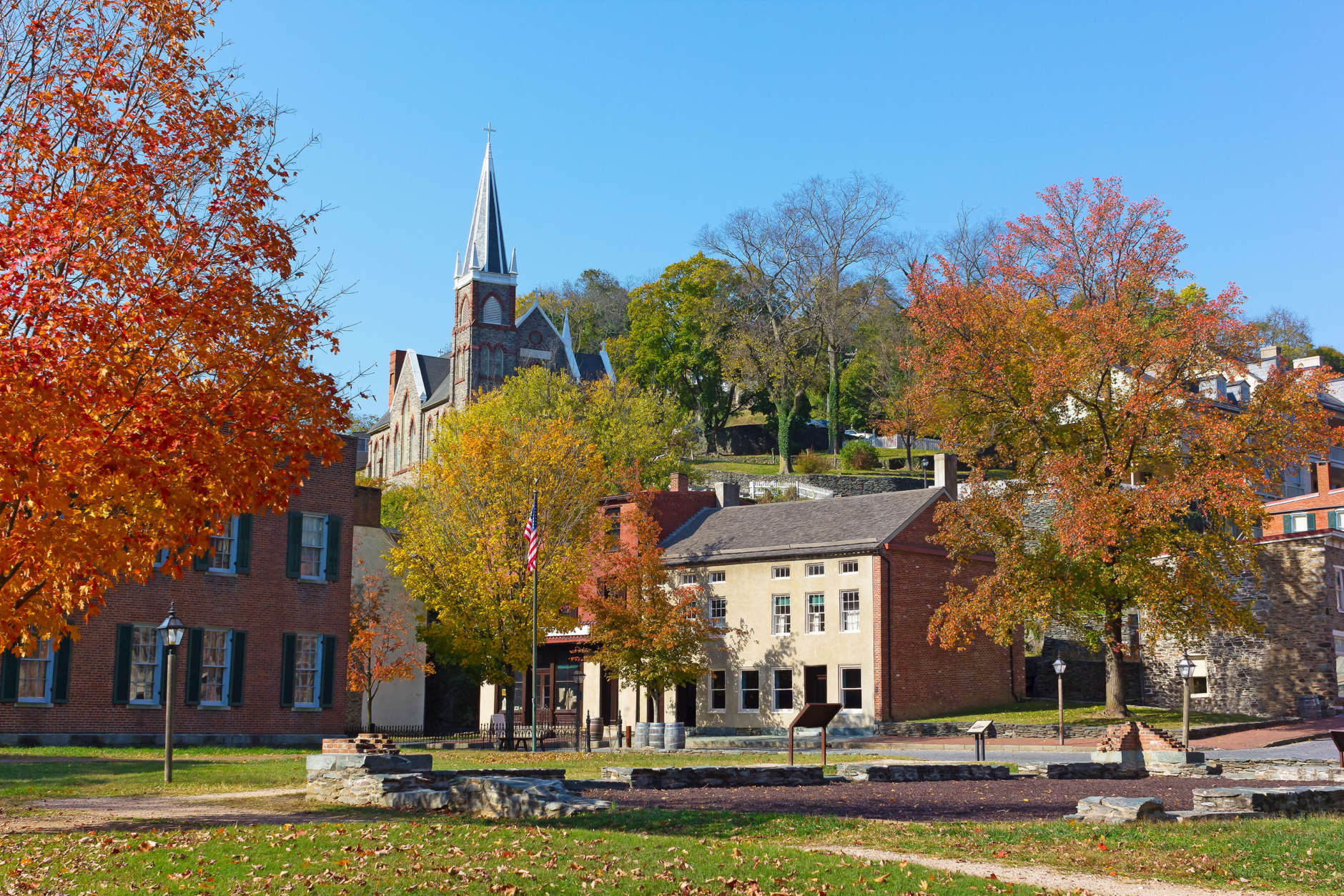
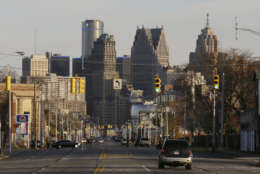
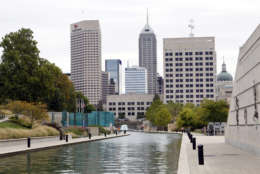
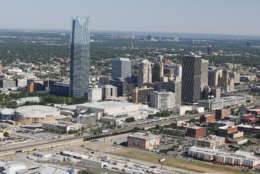


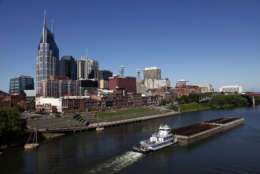





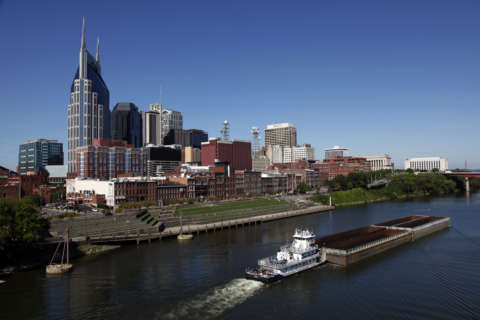
The bad news: Obesity remains a public health epidemic in this country. The good news: Adult obesity rates appear to be leveling off, though the progress won’t necessarily last forever.
That’s according to The State of Obesity, an annual report from non-profit Trust for America’s Health and the Robert Wood Johnson Foundation, out now.
No state’s obesity rate was more than 25 percent as of 2000. But for 2016, the report found adult obesity rates hit more than 35 percent in five states, followed by 30 percent in 25 states and 25 percent in 46 states.
Obesity rates ticked up in four states this past year — Colorado, Minnesota, Washington and West Virginia. It ticked down in Kansas while remaining unchanged across the other states in the U.S. The report covering the year 2015, out last year, was the first time in the history of the report that found declines in adult obesity rates at all.
For context, obesity rates increased in 31 states in 2006 and in 16 states in 2010.
Why did Kansas in particular see a decrease? Dr. Don Schwarz, the vice president of program at Robert Wood, said on a conference call it’s always hard to say why a rate goes up and down over the course of a year, but that Kansas has worked with the Centers for Disease Control and Prevention on obesity prevention efforts. The state has a program called WorkWell Kansas that tries to help businesses and other employers with workplace health, and a governor’s council on fitness that’s been around since 2006. That kind of collaborative work is important, according to Schwarz.
Overall, racial and ethnic inequities have an effect on adult obesity rates. Rates are more than 40 percent for blacks in 15 states and at or above 35 percent for Latinos in nine states, with just one state having a rate higher than 35 percent for white people.
The overall leveling off may be encouraging, but it’s not an indication that the obesity problem is solved.
“Obesity rates are still far too high, but the progress we’ve seen in recent years is real and it’s encouraging,” Dr. Richard E. Besser, president and CEO of the Robert Wood Johnson Foundation, said in a statement. “That progress could be easily undermined if leaders and policymakers at all levels don’t continue to prioritize efforts that help all Americans lead healthier lives.”
Childhood obesity rates have remained steady the last decade and ticked down among low-income preschoolers from 2011 to 2014, according to other studies the report includes.
The obesity crisis is also expensive, adding up to more than $150 billion in health care costs every year — a number reiterated by John Auerbach, president and CEO of Trust for America’s Health, on a conference call — not to mention billions gone due to lost productivity. For example, people who are moderately obese have double the chance of those with a healthy weight of being prescribed medicine to treat health conditions, according to the report. Additionally, severely obese patients who visit emergency rooms with chest pains face 41 percent higher costs.
Auerbach was pleased to see continuing indications that obesity rates were leveling off.
“We were really hopeful that we would see that last year wasn’t just a one-time only set of statistics but an indication that perhaps we’re leveling off and not seeing increases any longer,” Auerbach said on the call.
The hope now is to see more progress around physical activity, Schwarz added. While what we eat is probably more directly important to our immediate weight, long-term health and long-term issues with obesity and its role in problems such as diabetes are very much affected by physical activity, he added.
Schwarz was also hopeful that trends will turn around in the most obese state, West Virginia. While rates have gone up, the state is trying to address the issue by implementing policy after policy. One policy the state has involves licensing laws associated with standards for the Child and Adult Care Food Program that automatically update. The state suffers from issues similar to other Southern states, like income inequality, access to affordable food and a lack of opportunity for physical activity.
6 Ways Obesity Can Weigh on the Brain
10 Concerns Parents Have About Their Kids’ Health
More from U.S. News
6 Ways Obesity Can Weigh on the Brain
8 Weird Ways Obesity Makes You Sick
10 Concerns Parents Have About Their Kids’ Health
The 11 Most Obese States in America originally appeared on usnews.com

